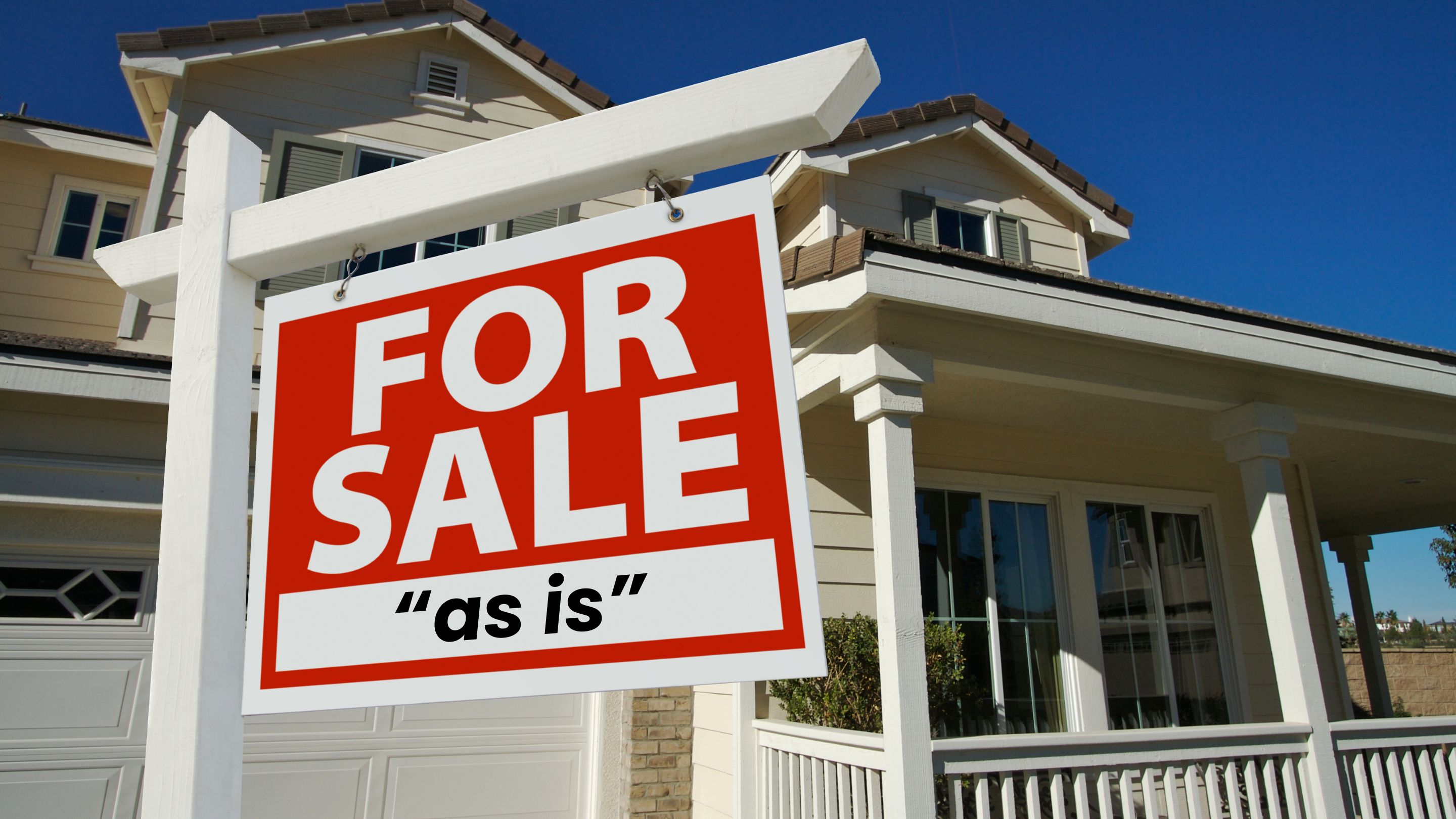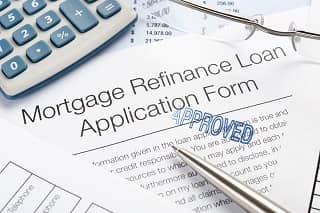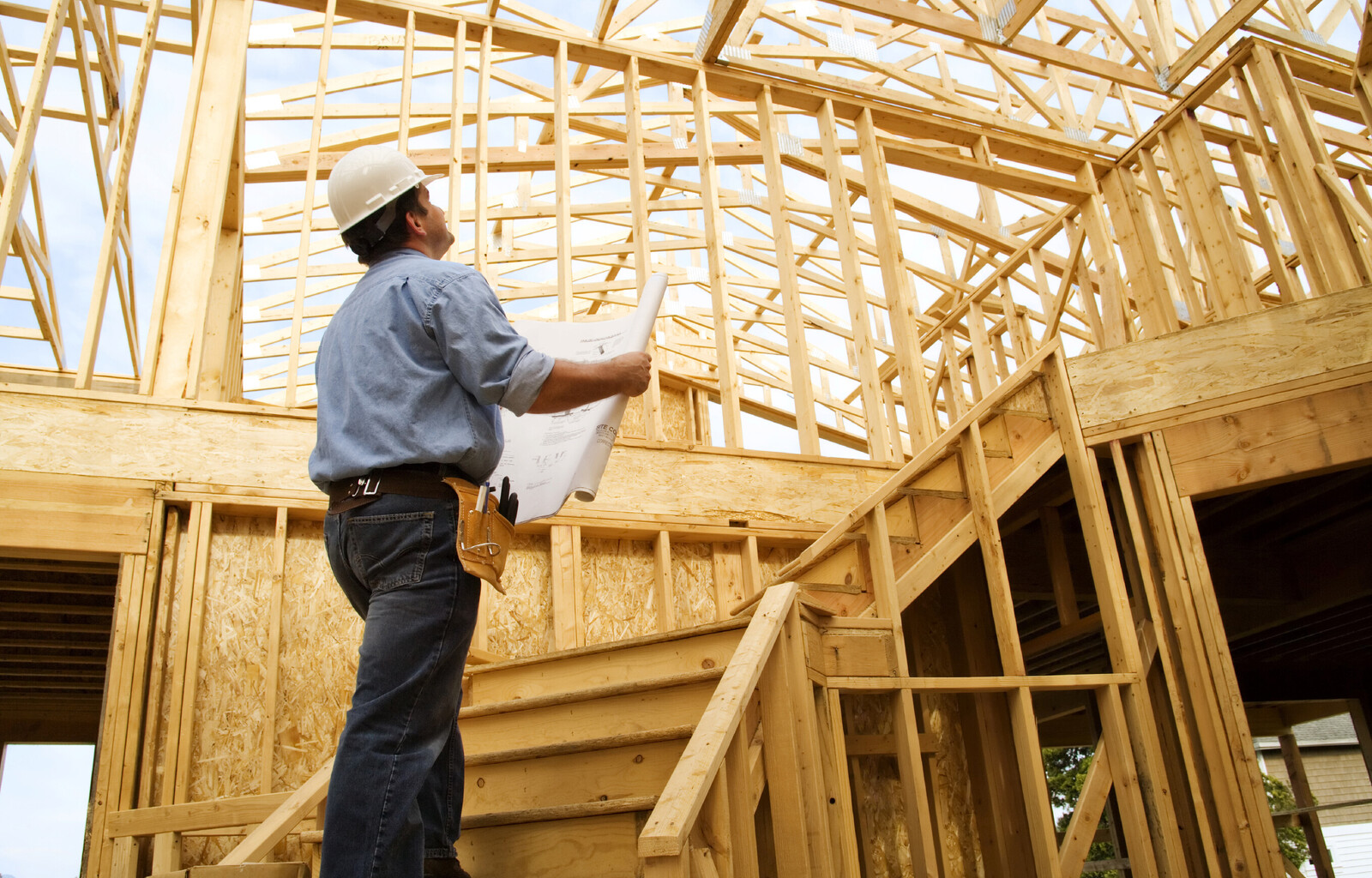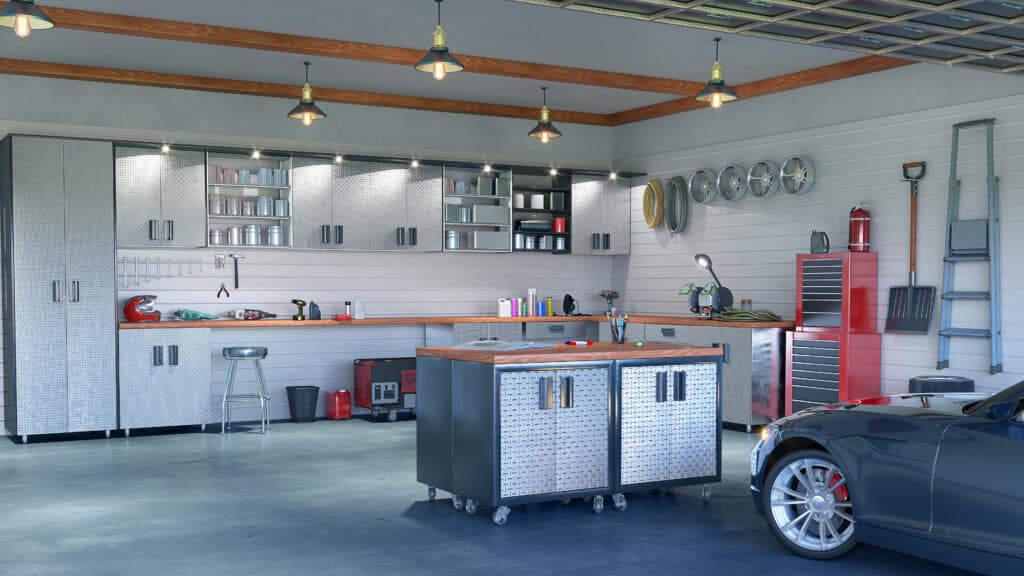Flipping Houses in Minnesota: Is It Worth It?
Flipping houses has become a popular real estate investment strategy, thanks to its promise of quick profits and creative transformations. But like any investment, it comes with risks and challenges, especially in a unique market like Minnesota’s. Whether you’re a seasoned investor or just starting out, this guide will help you decide if flipping houses in Minnesota is worth it and how to maximize your chances of success.
What Does It Mean to Flip a House?
House flipping involves purchasing a property—often one in need of repair—renovating it, and then reselling it for a profit. Successful flipping requires a combination of market knowledge, budgeting skills, and project management expertise.
In Minnesota, factors like the season, local market conditions, and housing demand can significantly impact the profitability of house flipping.
The Pros of Flipping Houses in Minnesota
-
Strong Real Estate Demand
Minnesota boasts a stable housing market, with high demand in cities like Minneapolis, St. Paul, and growing suburbs like Maple Grove and Eden Prairie. This demand creates opportunities for flippers to sell quickly after renovations. -
Diverse Property Options
From historic homes in St. Paul to suburban houses in the Twin Cities metro area, Minnesota offers a wide variety of properties to choose from. This diversity allows investors to target specific niches, such as first-time homebuyers or luxury properties. -
Seasonal Opportunities
Minnesota’s distinct seasons can work to your advantage. Spring and summer are prime times for selling, giving flippers a predictable timeline to complete renovations during the winter and list properties when demand peaks.
The Challenges of Flipping Houses in Minnesota
-
Harsh Winters
Minnesota’s long, cold winters can delay renovations, especially exterior work like roofing or landscaping. Planning around the weather is essential to stay on schedule. -
Rising Renovation Costs
Labor and material costs have increased in recent years, impacting profit margins. It’s crucial to budget accurately and build a cushion for unexpected expenses. -
Market Competition
The popularity of house flipping has led to more competition for undervalued properties. Investors must act quickly and strategically to secure the best deals. -
Local Regulations
Minnesota has specific building codes, zoning laws, and inspection requirements. Failing to comply can lead to costly delays or fines.
How to Succeed at Flipping Houses in Minnesota
1. Research the Market
Understand where demand is highest. In the Twin Cities metro area, neighborhoods like Northeast Minneapolis or St. Louis Park attract younger buyers, while suburbs like Woodbury or Lakeville appeal to families.
2. Budget Wisely
Create a detailed budget, accounting for:
- Purchase price.
- Renovation costs.
- Holding costs (e.g., property taxes, utilities, insurance).
- Selling costs (e.g., agent commissions, closing fees).
Leave room for unexpected expenses to avoid eating into your profits.
3. Build a Reliable Team
Partner with experienced contractors, real estate agents, and inspectors who understand Minnesota’s market and building requirements. A strong network can streamline the process and reduce risks.
4. Time Your Flip Strategically
Plan to list your property in the spring or summer when buyer activity is highest. Use the winter months for renovations, but account for potential weather-related delays.
5. Focus on High-ROI Improvements
Not all upgrades are created equal. In Minnesota, buyers often prioritize energy efficiency (think updated windows or better insulation) and livable outdoor spaces like decks or patios.
Is Flipping Houses in Minnesota Profitable?
The profitability of flipping houses in Minnesota depends on several factors:
- Location: Properties in high-demand areas like the Twin Cities or Lake Minnetonka often yield higher profits.
- Purchase Price: Buying below market value is key to maximizing returns. Look for foreclosures, short sales, or properties in need of TLC.
- Renovation Scope: Balancing quality upgrades with cost efficiency is crucial. Avoid over-improving for the neighborhood.
While profits vary, experienced flippers can often earn returns of 10-20% or more on their investment. However, success requires careful planning, thorough research, and a willingness to adapt to market conditions.
Final Thoughts
Flipping houses in Minnesota can be a rewarding investment strategy, but it’s not without risks. By understanding the unique aspects of the local market and preparing for challenges like seasonal weather and rising costs, you can increase your chances of success.
Whether you’re a first-time flipper or a seasoned investor, working with a knowledgeable real estate agent who understands Minnesota’s market can be a game-changer. They’ll help you identify the best opportunities and navigate the complexities of buying and selling.
Are you ready to explore your next flipping project? Contact me today to discuss your real estate goals!
Categories
Recent Posts










GET MORE INFORMATION

